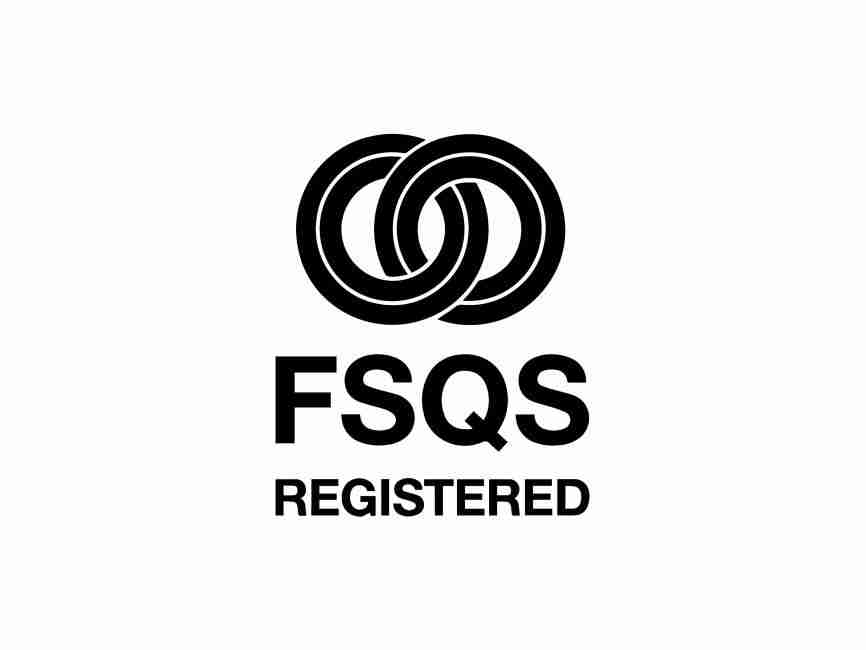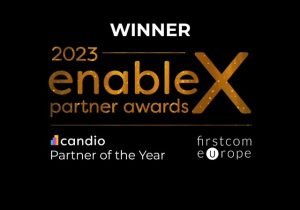Customers have become more demanding. They want to contact you when and how they want to. Not when it suits you. Modern product developments mean that it is now possible for any business to have the latest technology at its fingertips.
Customers expect you to be responsive, and if you don’t deliver quick and excellent customer service, they can easily research and switch to a competitor who does.
The best way to achieve this is to offer customers the ability to contact you via several different mediums – this is known as “multichannel” customer support or service; and includes, email, phone, social media and more. Not only does a multichannel approach deliver a better customer experience, but it also provides you with the opportunity to maximise every lead generation opportunity. Multichannel solutions are no longer just for larger organisations, or professional contact centres, but can help small and medium-sized businesses thrive in today’s competitive marketplace.
These are the ways that customers like to get in touch with companies.
- Social media: if you are targeting a younger demographic, then you need to be responsive on social media. Facebook Messenger and Twitter are often used as customer service platforms and customers who use these expect a quick reply to their query.
- Online knowledge base: this is perfect for clients or prospects who do not want to reach out to an agent but prefer to browse for information. You may wish to include how-to guides, technical documentation, frequently asked questions, self-service IVR (e.g. “where’s my parcel?”) and so on. An online knowledge base will not answer all questions, so it is good practice to offer complementary channels like email, live chat, online forms and phone support.
- Live chat: this is ideal for answering questions that can’t be found on your knowledge base or where further explanations are needed; customers can request a call via live chat, or you can send them a link to the document they are looking for. If the conversation becomes lengthy and the customer needs step-by-step instructions, then it is best to move to phone support.
- Email: this is still an important channel when it comes to exchanging sensitive files or more complex information, and for keeping a record of conversations with customers. It is likely that you will spend more time going back and forth with email exchanges than some more informal channels.
- Phone support: many customers still want the option of talking to someone. Phone support is crucial for issues that are nor easily answered by chatbots and IVRs. As they are two-way conversations, they are useful for diffusing potential customer complaints. The customer service agent can provide swift responses and ensure that the customer is satisfied by the end of the call. If your phone system has a call recording option, this is invaluable in terms of record keeping and for training.
Consistency is key:
Multichannel customer service means providing different communication options for different customers. Some clients will prefer the anonymity of live chat, whilst others prefer to call in and wait for an agent to be free.
Customer satisfaction and customer retention is at the centre of the multichannel approach. Ensuring that all your channels and the agents who support these channels are on the same page is crucial – if a customer contacts you via different media you need to be sure that they are given the same information.
When it comes to running an effective multichannel support function a cloud-based contact centre platform will help you deliver consistent information. Because all your enquiries via calls, emails, chat and social media are all on the same platform it makes it easy for agents to track customer requests and view their colleagues’ responses.
If you have customers who want to get hold of you, then you need a multichannel solution.
For more information on multichannel solutions, visit our Contact Centre solutions page by clicking the link below:









